No Products in the Cart
FREE DELIVERY on orders over £50

Have a dog over 7 years old? - They qualify for FREE membership to our Senior Dog Club
|

Have a dog over 7 years old? - They qualify for FREE membership to our Senior Dog Club
Hypo and hyper are two words that often prefix others. Hypo means low/ reduced/below normal whereas hyper means high/ increased or above normal. So for example, a person being described as hyperactive would be very active, whereas hypothermia is used to describe a very low body temperature.
Therefore, when we see the word hypo-allergenic on pet food it means that the food is less likely (but not impossible) to trigger an allergic reaction. This is because it contains fewer or none of the common ingredients (allergens) that pets can react to.
A hypoallergenic food is usually free from wheat, beef and dairy. It can also sometimes exclude soya, colourings and artificial preservatives too. There are also grain free diets available for very sensitive pets. The chances of your pet being allergic or intolerant to all types of grain (e.g. wheat, oats, rye, barley, rice, maize etc.) is relatively unlikely as they have different chemical structures, but if you are unsure which grain could be causing a problem then a grain free diet is a good place to start.

Some hypoallergenic diets might go a stage further and contain what are known as novel ingredients. Novel ingredients are ones which are less commonly used in pet foods, the idea being that the pet might not have eaten them before. For example, pork or duck would be an examples of novel proteins and sweet potato would be an example of a novel carbohydrate. Novel ingredients can be really useful for sensitive pets as in general you have to have been exposed to something previously for the body to react against it.
If you have a dog or a cat with delicate digestion, sensitive skin, itchy ears or feet or runny eyes then they could be suffering from a food intolerance or food allergy (they are actually two different things, but that's another story) and choosing a hypoallergenic diet with novel ingredients is probably a good place to start.
If you have a fit, healthy pet with no signs of an adverse food reaction then you don't really need to feed a hypoallergenic diet. However, hypoallergenic diets often exclude poorer quality ingredients and avoid colourings and chemical preservatives so they are likely to be healthier for your pet in the long term.
Some breeds are more likely to develop food allergies and therefore have a genetic disposition. Therefore try to avoid buying a puppy or a kitten that has parents with digestive or skin problems for this reason. Other pets may simply be more sensitive and have environmental or flea bite allergies; these pets are often more likely to react to food as well.
One theory on avoiding allergies is to try rotational feeding. That means swapping flavours around rather than sticking with one flavour at all times, preventing your pet becoming over-exposed to that flavour/protein source. The draw back to this is that if your pet does need a diet with novel ingredients later on, it may be much harder to find something he/she has not eaten before.
The good news is that there are now so many different combinations of ingredients available that even for the most sensitive pet there are delicious options. For more information on the Vet's Kitchen range please call 01793 887555.
What our customers say
Read our reviewsDelivered to your door
FREE DELIVERY on orders over £50What’s in our food?
Find out more about recipes and ingredientsVet Know-how
Read our helpful expert tips




